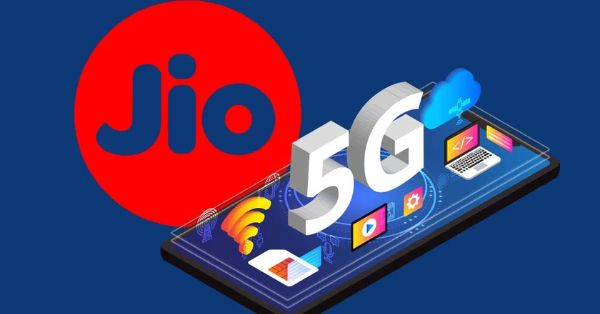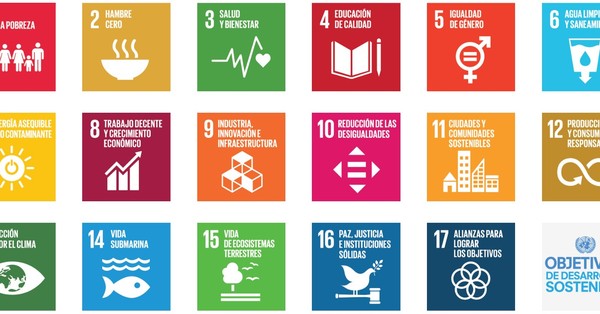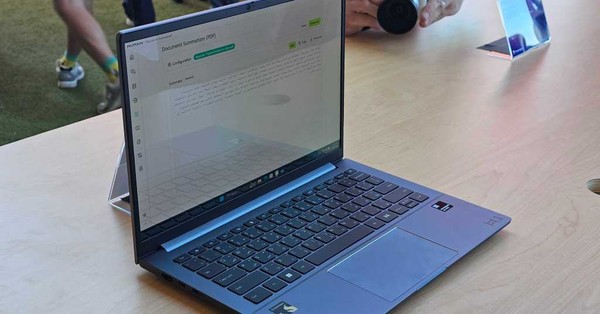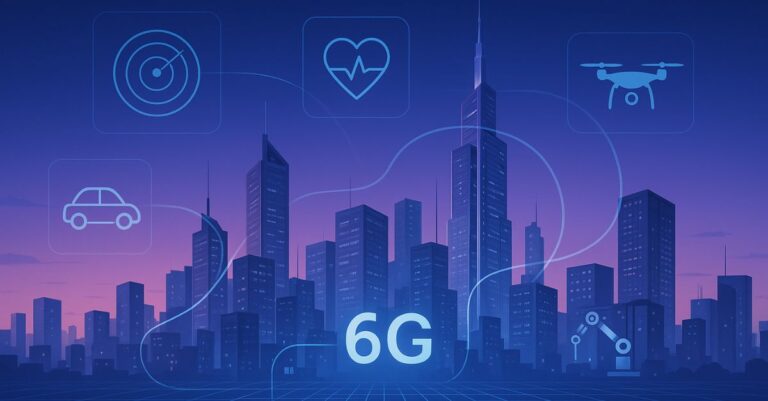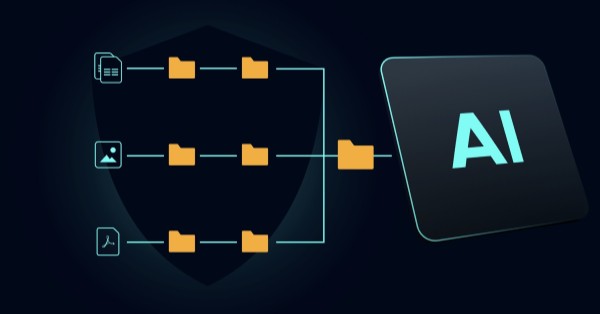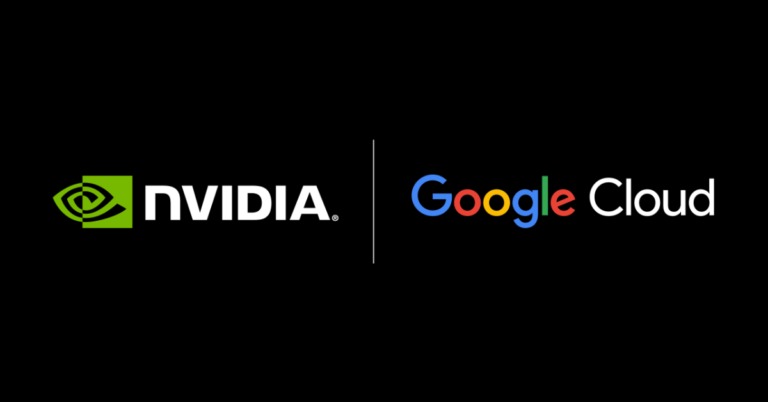- Tech News & Insight
- November 12, 2025
- Hema Kadia
Reliance Jio’s six-plan lineup for November 2025 blends low entry pricing with AI, cloud, and OTT hooks, signaling how prepaid is evolving from pure connectivity to service-led bundles. Starting at Rs 189, Jio is segmenting prepaid users by usage intensity (voice-first, balanced data, and long-validity) while nudging them into its digital stack: JioTV for content, JioAICloud for storage, and on select offers, Google Gemini Pro for AI. As 5G coverage and usage expand, Jio’s add-ons are designed to create reasons to stay on-network and upgrade. AI benefits in prepaid are rare globally; anchoring them to eligibility criteria and higher-tier 5G plans suggests an upsell path that can improve monetization without headline tariff hikes.



